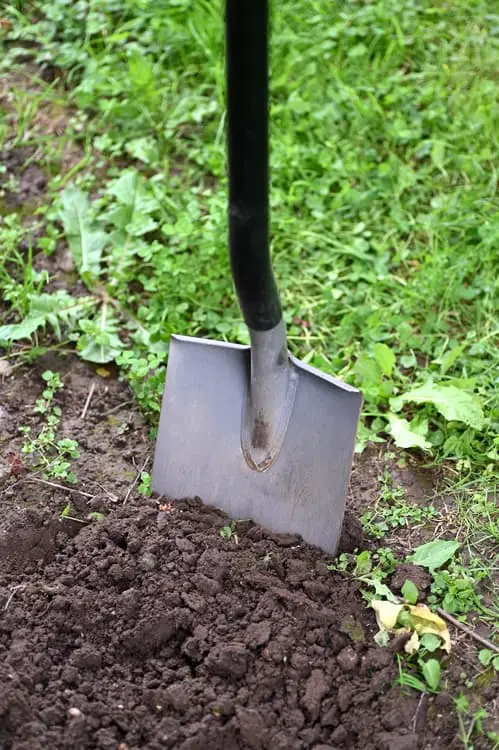
Aquarist, who get into the hobby on a strict budget, are more likely to find more affordable ways of getting things. It is, therefore, no surprise that one might want to use your garden soil as a substrate.
Can you use garden soil in your aquariums, though? Technically, yes. I wouldn’t recommend it, but you can certainly pull it off. Since garden soil may be housing things that might be detrimental to your fish, you will have to prepare it well before use.
I don’t recommend using garden soil because the preparation process and the possible problems caused by the soil’s chemical composition are frustrating for beginners and pros alike. It is not easy, but you can do it.
Cleaning garden soil for use in aquariums
The garden soil you have acquired may contain fungus, larvae, algae, or even chemicals you don’t want going into your aquarium.
Your job is to take out harmful organisms/chemicals and dirt. If you are still confused about what you will do, don’t worry; I got you covered.
Below is a step-by-step bullet list of the process of cleaning garden soil. It is a simple process, and your dirt will be well-groomed afterward. Here goes:
- The first thing you ought to do is take a pH sample test of the soil you intend to use. Check to see if the pH is compatible with fish or the projected pH of your water tank. Sometimes we prepare garden soil only to find it interferes with other chemical parameters. Testing it will massively reduce the chances of you having to replace the substrate after installation.
- Once the pH properties of the soil are ideal, it is time to remove foreign objects and debris. Sift the soil to remove the debris and large foreign particles that may be present.
- Bake the soil in high temperatures for 20 to 25 minutes tops. The higher the temperature you bake the soil in, the more harmful organisms you kill.
Some people prefer soaking the soil in boiled water for a few hours or simmering it for 15 minutes. It doesn’t matter how you do it as long as the purpose is achieved.
I told you it was simple! After going through all the above steps, your garden soil will be ready to be introduced into the aquarium.
Introducing garden soil into the aquarium
Adding garden soil into an established tank is tricky and sometimes fatal for your fish. As a user of garden soil, I highly advise you not to even dream about it.
Even after all the preparation, you have done, you don’t know the possible reactions when adding the soil. Your best bet is to add the soil into a water-filled tank and wait for at least 3 to 4 weeks before you introduce fish into it. No fish means that you have enough time to test and correct affected water parameters with no pressure of saving a fish’s life.
Garden soil and water will give you mud real fast if you are not careful. It would help if you layered the top of the soil with gravel or sand. Fish in aquariums tend to probe the substrate; the added layer will keep the garden soil particles from rising and floating in the water. Furthermore, once the soil is sitting at the bottom of your tank comfortably, place a bowl or nylon wrap above it. Aim the water hose onto the bowl or wrap so that the water fills gently above the soil.
Pros and cons of using garden soil
Garden soil has some advantages and disadvantages over other types of aquarium substrate. I included this bit to help you know what you are getting into if you chose to go with it.
Pros
- It is readily available and affordable even as a premium substrate
- It has a natural look, especially in tropical aquariums.
Cons
- Garden soil may contain soil composition that will interfere with water parameters.
- Due to particulate size, it becomes compact with time hence not suitable for aquatic plants.
- Aquarium water may be cloudy most of the time due to suspended particles. Cloudy water may stress fish in the aquarium.
- In some states, it is illegal to dig up and take garden soil.
- You will have to do a lot of maintenance and eventually replace it in the future.
Conclusion
Before you use garden soil, it is prudent you understand all the essential bits of using it in an aquarium. I hope the quick guide will help you along the way.
However, my recommendation is you use another type of substrate or set up a bare bottom tank. It is best to avoid the added stress altogether.